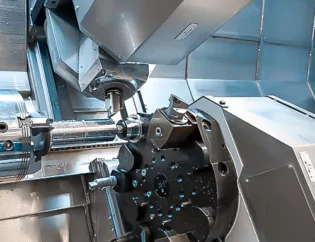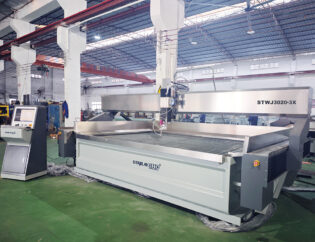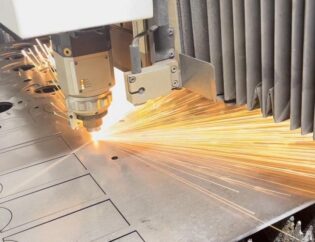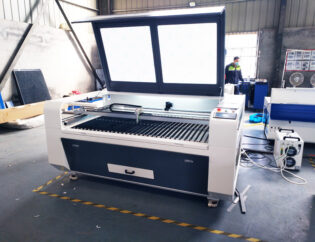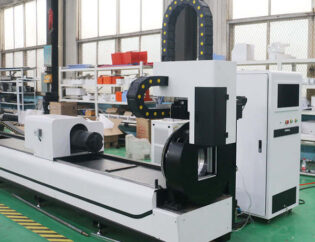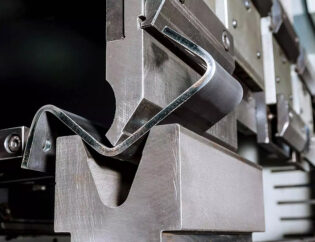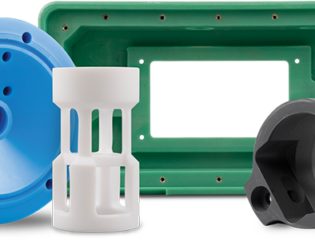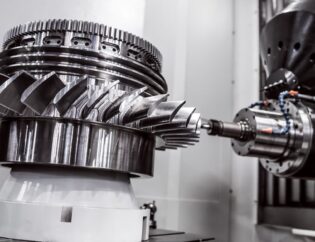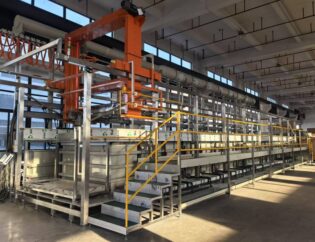Rapid prototyping is a crucial process in product development that allows designers and engineers to quickly create tangible models of their ideas. This approach accelerates innovation by enabling teams to test concepts, gather feedback, and iterate designs efficiently. As industries evolve, the ability to prototype rapidly has become essential for staying competitive and responsive to market demands.
In this guide, readers will explore various rapid prototyping techniques, including 3D printing, CNC machining, and laser cutting. Each method will be examined in detail, highlighting its advantages, limitations, and best use cases. By understanding these techniques, readers can make informed decisions about which approach best suits their project needs.
Additionally, the guide will cover the importance of integrating user feedback into the prototyping process. Readers will learn how to effectively gather insights from stakeholders and end-users, ensuring that the final product aligns with user expectations and requirements. This focus on user-centered design is vital for creating successful products.
Finally, the guide will provide practical tips and strategies for implementing rapid prototyping in various industries. From setting up a prototyping workflow to selecting the right tools and materials, readers will gain actionable knowledge to enhance their prototyping efforts. By the end of this guide, readers will be equipped with the skills and understanding necessary to leverage rapid prototyping effectively.
What is Rapid Prototyping?
Rapid prototyping is the fast fabrication of a physical part, model, or assembly using 3D computer-aided design (CAD). The creation of the part, model, or assembly is usually completed using additive manufacturing, or more commonly known as 3D printing. This process allows designers and engineers to create prototypes quickly, facilitating the evaluation of designs and functionality before mass production.
Comprehensive Insights into Rapid Prototyping
Rapid prototyping has revolutionized product development across various industries. It enables teams to iterate designs rapidly, reducing the time and cost associated with traditional manufacturing methods. By utilizing advanced technologies, companies can create high-fidelity prototypes that closely resemble the final product, allowing for thorough testing and validation.
Technical Features of Rapid Prototyping
The technical features of rapid prototyping can significantly impact the efficiency and effectiveness of the product development process. Below is a comparison table highlighting key technical features:
| Feature | Description |
|---|---|
| Speed | Rapid prototyping allows for quick turnaround times, often within days. |
| Cost-Effectiveness | Reduces costs associated with traditional manufacturing and tooling. |
| Design Flexibility | Enables modifications and iterations based on user feedback. |
| Material Variety | Supports a wide range of materials, including plastics, metals, and composites. |
| Precision | High accuracy in creating complex geometries and intricate designs. |
| User Involvement | Facilitates user testing and feedback during the design phase. |
| Iterative Process | Encourages continuous improvement through multiple design iterations. |
Types of Rapid Prototyping
Different types of rapid prototyping techniques cater to various needs and applications. Below is a comparison table of the most common types:
| Type | Description |
|---|---|
| Stereolithography (SLA) | Uses UV light to cure liquid resin layer by layer, producing high-detail parts. |
| Selective Laser Sintering (SLS) | Utilizes a laser to fuse powdered material, ideal for functional prototypes. |
| Fused Deposition Modeling (FDM) | Extrudes thermoplastic filament to create parts, commonly used in desktop printers. |
| Selective Laser Melting (SLM) | Melts metal powder to create strong, complex parts, often used in aerospace. |
| Laminated Object Manufacturing (LOM) | Builds parts from layers of adhesive-coated paper, suitable for low-cost prototypes. |
| Digital Light Processing (DLP) | Cures resin using a light source, faster than SLA but may require support structures. |
| Binder Jetting | Bonds powder particles with a liquid binder, suitable for large-scale production. |
Applications of Rapid Prototyping
Rapid prototyping is widely used in various industries, including automotive, aerospace, medical, and consumer products. Companies like Formlabs leverage 3D printing technologies to create prototypes that enhance product design and development. For instance, engineers can quickly validate concepts and test functionality, leading to better final products.
In the automotive industry, rapid prototyping allows for the creation of complex parts that can be tested for fit and function before mass production. Similarly, in the medical field, prototypes of surgical instruments or implants can be developed and tested for usability and effectiveness.
Benefits of Rapid Prototyping
The advantages of rapid prototyping are numerous. It significantly reduces the time required to bring a product to market, allowing companies to stay competitive. Additionally, it lowers the costs associated with traditional manufacturing processes, making it accessible for startups and small businesses.
Moreover, rapid prototyping fosters innovation by enabling designers to experiment with new ideas without the fear of high costs. This iterative process encourages collaboration and feedback, leading to products that better meet user needs.
Conclusion
Rapid prototyping is a game-changer in product development, offering speed, cost-effectiveness, and flexibility. By utilizing various techniques, companies can create high-quality prototypes that facilitate testing and validation. As industries continue to evolve, the importance of rapid prototyping will only grow, making it an essential tool for engineers and designers alike.
FAQs
1. What is the main purpose of rapid prototyping?
Rapid prototyping aims to quickly create physical models of products to evaluate their design and functionality, allowing for faster iterations and improvements.
2. How does rapid prototyping differ from traditional manufacturing?
Unlike traditional manufacturing, which often requires extensive tooling and setup, rapid prototyping allows for quick adjustments and iterations, significantly reducing lead times and costs.
3. What industries benefit from rapid prototyping?
Industries such as automotive, aerospace, medical, and consumer products benefit greatly from rapid prototyping, as it enhances product design and accelerates development.
4. Can rapid prototyping be used for mass production?
While rapid prototyping is primarily used for creating prototypes, some techniques, like SLS and SLM, can also be adapted for small-batch production.
5. What materials are commonly used in rapid prototyping?
Common materials include various plastics, metals, and composites, depending on the prototyping technique and the desired properties of the final product.

